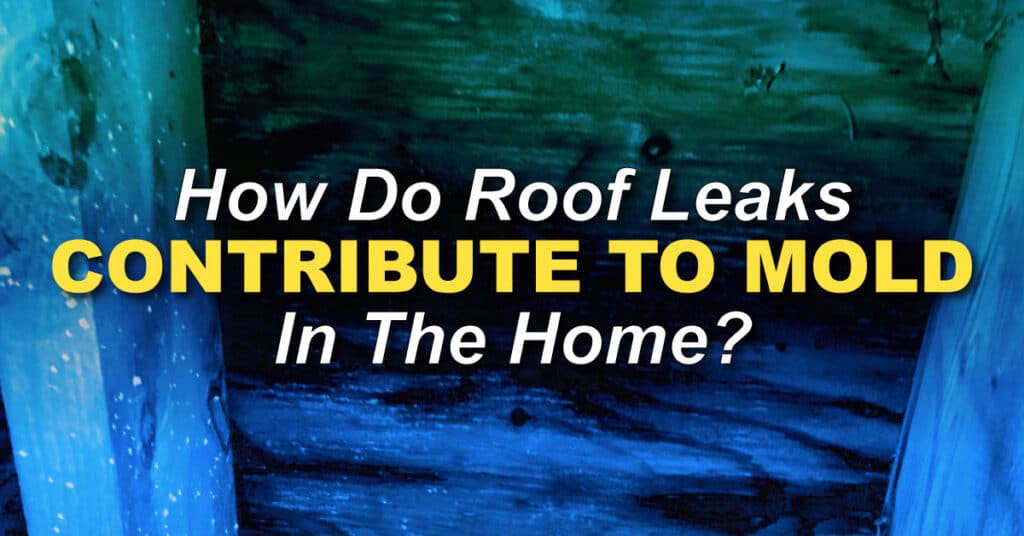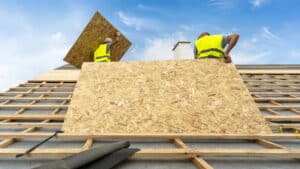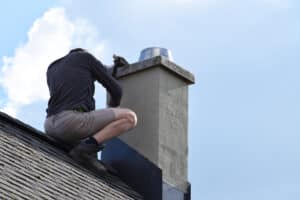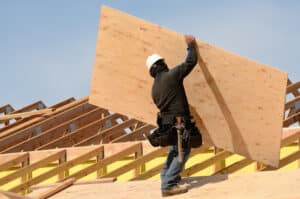Taking care of roof leaks and other damages is essential for your home, wallet, and health. Failure to plug leaks when you notice them or to repair and maintain your roof as needed can result in mold growing in your home. It can also cause severe water damage to your roofing system, walls, ceiling, basement, and foundation.
Water Intrusion leads to rapid mold growth in damp areas, compromises your home’s integrity, poses a fire risk because of shorted wiring, and causes other safety and health risks.
Mold thrives in moist, warm, and dark areas. Therefore, a leaking roof and a dark attic make a perfect mold and mildew breeding ground.
Why is Mold in the Home Dangerous?
Mold exposure causes numerous health problems, including itching eyes, flu-like symptoms, asthma attacks, allergic reactions, nose bleeds, coughing and sneezing, and even permanent lung damage. Unfortunately, mold infestation goes unnoticed until it spreads to visible areas such as the ceiling or walls or causes mold sickness and sensitivity symptoms.
How Fast Does Mold Grow After a Water Leak?
Mold can grow in your home within 24 hours after a leak or damp exposure. Unfortunately, it is difficult to notice signs of mold growth until 18 to 24 days later, at which time mold has grown and spread. Sometimes it takes a roof inspection to see mold latching and spreading in your attic. When left unchecked, mold causes structural and aesthetic damage to your home.
How to Prevent Mold in Attic
Damp and dark areas create the perfect avenues for mold growth in your attic. To avoid an infestation, you should take care of leaks and roof damage early. In addition, you should schedule regular roof inspections and maintenance to prolong the lifespan of your roof.
You also need to remove areas infested with mold. Hiring a mold remediation specialist is best when you wish to control or remove the growth from your property. The specialist will remove mold or treat it using an encapsulant.
Remember to inspect previously wet areas for signs of mold. These include:
- Water stains
- Discolored surfaces
- White or black buildup
- Bubbling and cracking
- Peeling paint or wallpaper
One way to help avoid mold in your home is by preventing roof leaks. Adam Vaillancourt Roofing provides top-notch roofing inspection, maintenance, replacement, and installation services in Southern New Hampshire and Northern Massachusetts. Contact us today.




